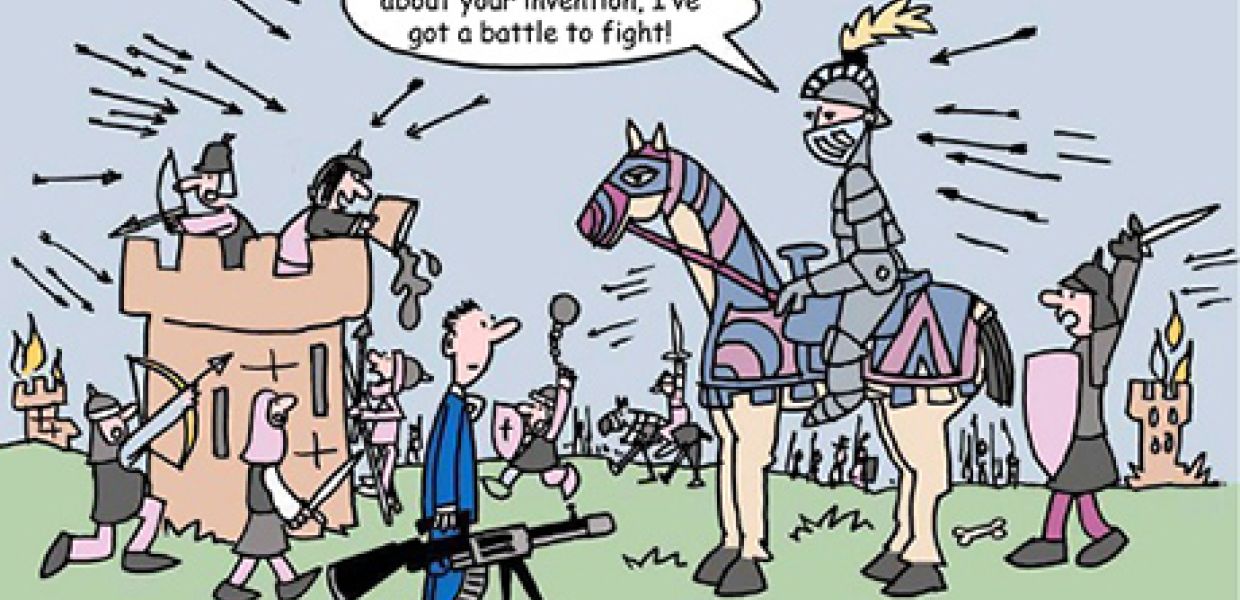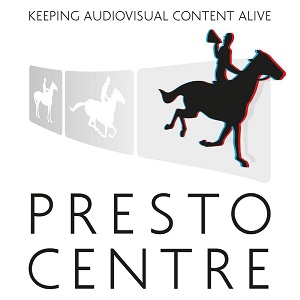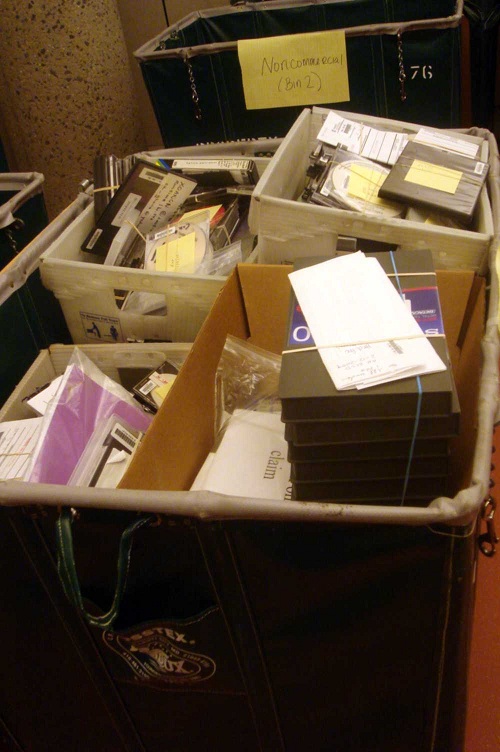Keeping audiovisual content alive

Guest blog by Marius Snyders (Managing Director of PrestoCentre and Manager International Relations at the Netherlands Institute for Sound and Vision) on some of the key challenges that cultural heritage organisations face on digital audiovisual preservation, the work of the Presto Centre and the Presto4U project.

The world of audiovisual media is rapidly changing and the preservation of the audiovisual record is no longer the exclusive preserve of memory institutions, but an opportunity for many thousands of organisations and millions of people worldwide: recording and digitisation tools have become widely affordable, and sharing and storage platforms online are easily accessible and robust. At the same time, many of the organisations, companies and individuals producing digital audiovisual content have little (if any) idea of the sustainability issues and are severely limited in terms of resource, capacity and expertise.
The aim of the PrestoCentre, an international membership organisation and European competence centre, is to identify useful research outcomes about digital audiovisual preservation and to raise awareness and improve the adoption of these both by technology and service providers as well as media owners.
Presto4U: EU Support Action for Media Archives
While digitisation spending has been on the increase in most member states, various EU-funded projects are helping to improve the framework conditions for digitisation and digital preservation, encouraging national digitisation programmes to show awareness of actions in other countries and tie in with common policies, standards and best practices.
Digital preservation is the first essential step in a chain of activities that runs through cataloguing, restoration, and access to exploitation. It is also increasingly understood that the nature, volume, complexity and mutability of digital audiovisual media present a series of particularly complex challenges. In the year 2000 or so, there was a widespread assumption that digitisation would solve most media preservation problems by making perfect digital copies onto new carriers as the need arose.
However, it has become clear that this is not the case and that digital preservation requires the indefinite error-free storage of information, together with the means for its retrieval and interpretation, irrespective of changes in technologies, support and data formats, or changes in the requirements of the user community. Copying or migrating media content to a new format is not a full solution. Technical obsolescence, transcoding, reformatting, data movement, bit loss and the physical deterioration of the support medium all constitute risks of loss of quality and content.
Another challenge has emerged with the rise of consumer digital media technologies, broadband networks and inexpensive data storage. Individuals ― most of them amateurs ― are producing an increasingly important volume of media, much of which is shared over social networks, which have been in existence for only a few years. User generated content is at particular risk since most of its creators are neither particularly concerned nor knowledgeable about preservation and cataloguing. Few, if any, memory institutions have the resources to take on the digital preservation of personal archives: instead, most of the work of preservation will have to be pushed back to the public.

A common digital ingest backlog: a major problem with moving audiovisual content off commercial disks and onto a preservation medium is not technical but has to do with rights clearance and the costs involved. Much of the current technological effort in reducing the obstacle of rights clearance involves codifying and automating (so far as is possible) the clearance process.
This is an example where Europe comes in, with a part to play that does not usurp the functions of the member states but is nevertheless fundamental. Contributing to the achievement of a Digital Single Market, the European Commission — through FP7, Horizon2020 and the Connecting Europe Facility — supports the emergence of solutions for cross-border access to and re-use of digital cultural material as well as new business models for Europe’s creative industries. There is a continuing need for coordination of policies, investments and research, the creation and use of common standards, and cooperation between media institutions, researchers, industry and governments in Europe.
The Presto4U project is run by a core group of 14 PrestoCentre member organisations. The two-year project that was launched in January 2013, recently successfully completed its mid-term project review by the European Commission.
The project receives funding from the European Commission's Seventh Framework Programme. It will deliver new tools and services to connect the different constituencies involved in digital audiovisual media preservation: expert users, who understand the problems and require technological solutions; researchers who can develop the fundamental knowledge; and technology providers who can commercialise research results as sustainable tools and services.

Technology transfer: the scale of the technical challenges faced by audiovisual archives is large and permanent, but the number of players is relatively small and their budgets cyclical. Making the transition from late stage applied research to a commercially viable product is often the hardest part. Vendors need to know whether there is a market and who in that market might buy a new product or service, how many customers there may be, and what would they pay.
The potential impact of this project on society, industry and business is enormous. Applications of audiovisual include environmental monitoring, earth observation, video surveillance, corporate training, advertising and product support, voice and video call recording, medical imaging, and many more. PrestoCentre is well placed to promote the results of the project to this broad market.
The problem of audiovisual media preservation is European in scale, and requires European-level responses, as opposed to national or local responses that run the risk of increasing the already dangerous level of fragmentation. The PrestoCentre aims to raise awareness and improve the production and adoption of audiovisual preservation tools and technologies, both by service providers and media owners, and with a particular emphasis on meeting the needs of smaller collections, media businesses and new stakeholders.
More information: http://www.prestocentre.org, http://www.presto4u. All images Presto Centre CC BY-SA
